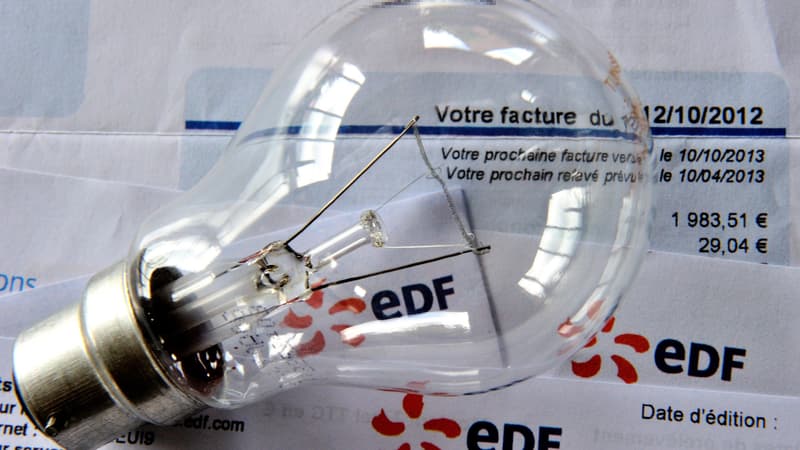Are electricity prices not so contained? Three weeks ago the regulated gas sales tariffs ended, as well as the tariff shield around this energy, which was no longer necessary due to the sharp drop in market prices. The opportunity to remember that the electricity tariff shield would be extended until the end of 2024, as the Government had indicated a few months ago.
But are consumers really protected from further increases in electricity prices? Obviously not if we trust the 10% increase in regulated electricity prices on August 1 that the executive has just announced… although he had guaranteed, in September 2022, a limitation of the increase in electricity prices to 15 % throughout 2023 as part of the expansion of the tariff shield.
Except that from February 2023 a first increase of 15% was approved, after 4% in February 2022. By adding the increase that will arrive on August 1, from 2021, the regulated tariff on which some 23 million depend of customers (out of 34 million), will therefore have increased by 31%.
So why this new increase? In fact, the government anticipates future upward revisions to electricity rates that will inevitably occur in the coming years, for various reasons.
After the end of Arenh in 2025, a new less advantageous mechanism?
Before the energy crisis that appeared almost two years ago and accentuated by the war in Ukraine, the relatively reasonable level of electricity prices, between 50 and 70 euros per MWh compared to the current 90 to 200 euros per MWh, was allowed notably by Arenh, regulated access to historical nuclear electricity. This is a mechanism that allows alternative electricity providers to benefit from part of the electricity production of EDF’s nuclear power plants at a particularly competitive price of 42 euros per MWh.
Entering into force in 2021 through the NOME law on the new organization of the electricity market, the Arenh will disappear at the end of 2025. A new mechanism should succeed it but according to different methods, so the new head of EDF Luc Rémont has He has been critical of the Arenh, which, according to him, has participated in weighing down the company’s finances in recent years.
Therefore, the government would like the new mechanism to show prices more in line with the real costs of nuclear power (estimated at less than 60 euros per MWh by the Energy Regulation Commission) to allow EDF to invest in its power plants. energy, especially. News.
Because the locations of the six future EPR2 (to which eight additional infrastructures could be added) constitute another factor for the increase in electricity prices. To reduce the impact of the bill, the government is considering a “regulated asset base” mechanism that would involve consumers from the start of the bill to start paying EDF directly at the same time.
The lever of transport networks
If the French nuclear park is much better than a year ago, new facilities will be necessary to meet the exponential needs for electricity. Faced with the too “distant” horizon of the next nuclear reactors to be built, renewable energies are essential. The proliferation of wind and solar farms is accompanied by works to reinforce the lines, which are financed through deductions from consumer bills. Taxes that are also at the origin of the next increase in regulated rates according to the Energy Regulation Commission (CRE).
In a hearing before the Senate Economic Affairs Committee two weeks ago, the president of the CRE, Emmanuel Wargon, indicated that annual investments in the different networks increased by around one billion euros, both for RTE (by two thousand five hundred million) and Enedis (in more than five billion euros).
These investments are so large that they exceed those foreseen in the framework of the future EPR2. While RTE estimates its investment needs at 33,000 million euros for 2035, Enedis has close to 100,000 million euros for 2040, that is, almost double the cost of the next six nuclear reactors.
Source: BFM TV


